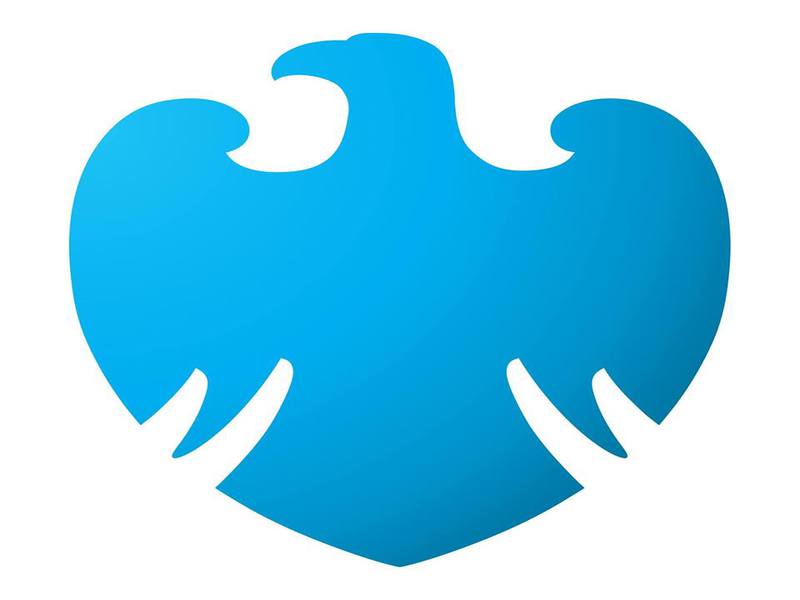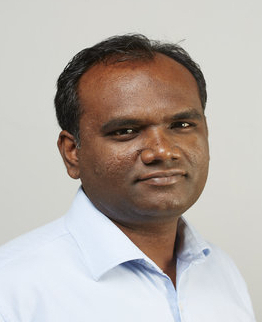Project Description
IIn 2014, Barclays Bank, the first international bank to establish operations in Mauritius, invited Inspexa, in collaboration with Prodesign Engineering Consultants, to undertake an energy and sustainability audit of Barclays House in Ebene.
We were asked to review the energy systems, identify potential energy savings and recommend energy-efficiency measures to reduce monthly energy consumption by at least 10% compared to previous years. The energy-saving measures were to be classified in three broad categories – quick, mid-term and long-term gains.
The bank had already integrated energy efficiency-measures in its building, such as variable speed drives for the chilled-water pumps, automatic lighting control in the general offices and high performance glazing. However, these were not enough to achieve the 10% reduction that they had targeted. We used our expertise to find other means to further reduce their consumption and reckoned that it would be possible for the Bank to make financial savings of up to 24 % and have the simultaneous benefit of being more environmentally friendly.
We were also mandated to undertake a financial analysis of the energy-efficiency measures and determine payback periods/returns on investment (ROI).
Our specialist engineers devised a detailed plan for investigating the heating, ventilation and air conditioning services, lighting and the building management system. The bank opted for a step-by-step approach in order to obtain more reliable results.
The main methodology used was the examination of existing energy-efficiency measures to identify aspects requiring improvement, with the aim of reducing energy consumption and CEB bills, as well as improving indoor air quality. As well as the obvious benefits, these measures would also help Barclays achieve LEED certification for the building.
To understand the problems and recommend the effective solutions, we made an analysis of the primary and secondary data. We used the existing data to analyse the trend in electrical consumption. We also assessed the low and zero-carbon (LZC) technologies and found that the most appropriate LZC technology for Barclays House was solar photovoltaic (PV).
We presented a detailed audit and recommendation report detailing the potential energy-saving measures. These showed that a total of 24% monthly energy savings could be achieved with the high priority ones potentially achieving 18% and the medium priority ones a further 6% monthly saving. A short-term efficiency measure was also recommended that would provide a 10% monthly energy saving, providing the chiller is operated 24/7.





